Fights In Tight Spaces Review: "An Endlessly Replayable Experience"
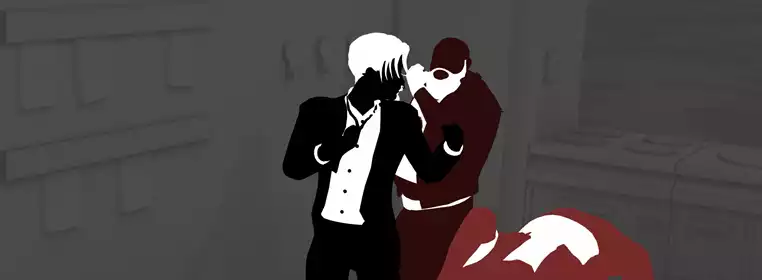
The genre of tactical turn-based games always makes for a cerebral adventure, punctuated by the moments where you're left mulling over the consequences of your next action three turns away, or captured in the flow of optimal decision-making. X-COM and Into the Breach have stood at the forefront of turn-based gaming for the past few years, with sci-fi guns and mechs the preferred method of combat. Fights In Tight Spaces opts for more a more in-your-face approach though, making your body the ultimate weapon in a crunchy melee spectacle.
The last decade has seen a renewed fascination in visceral martial arts-based media, thanks to films like The Raid and John Wick, and games like Sleeping Dogs and the upcoming Sifu. Fights In Tight Spaces follows this trend by marrying it with turn-based tactical gameplay and deck-building to expand your melee moveset, but how well does this combination ultimately work?
Punch, Die, Punch Again
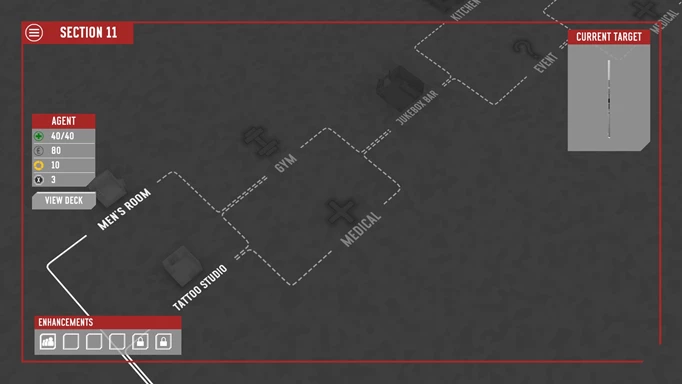
 Click to enlarge
Click to enlargeYou start Fights In Tight Spaces by picking your agent, before jumping right into a briefing by your superior at the clandestine government agency you work for. From here, there's a robust tutorial that introduces you to the basic mechanics of combat and moving on the board. The core mechanics are relatively simple: you play on a board with square tiles that can be occupied by yourself and enemies, and select cards that represent various actions - mainly moving and fighting.
After you've learnt the basics, the campaign begins. It contains five chapters - which have to be played linearly to begin with - that consist of various scenarios that see you fighting criminal henchman until you work your way up to the boss. With a Biker Gang, Clan of Ninjas, Prison Gang, and more, there are a litany of different enemies to fight in various stages.
With roguelike elements too, the game's chapters are randomised to a degree, with the stages, enemy types, and rewards all different in subsequent runs. This means you are expected to fail a lot at first, but between your attempts you'll become more familiar and level up, which grants you access to new cards and starter decks. These allow you to try out different styles of play, for example, there's one based around countering and another based on aggressive attacks. There are six premade decks in total, but you can also build your own for unique hybrid decks, that can become wildly eclectic with some higher-level cards.
Mortal Combat
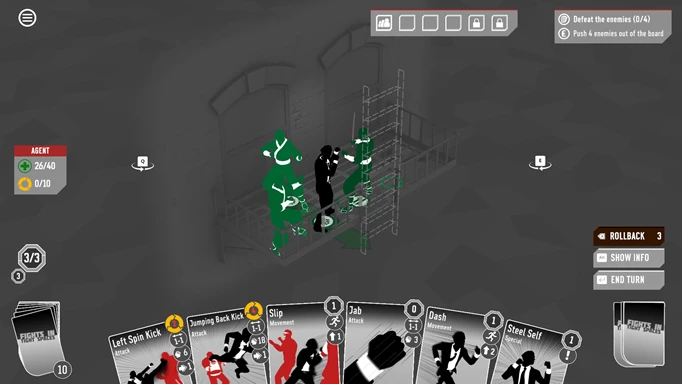
 Click to enlarge
Click to enlargeObviously, fighting is the name of the game here, and it's incredibly satisfying to perform. Each scenario will pit you against a number of enemies in a relatively small environment that can range from about five to ten tiles long, but sometimes just two tiles wide. The constricted nature of the fights and the number of enemies to tackle makes every turn vital, and poor positioning can you lead to you being overwhelmed quickly.
The combat has some serious depth to it as well, thanks to the numerous situations you can find yourself in and then work your way out of. There are varying enemy types that present different challenges in each scenario - with too many to list - but some can attack multiple tiles, some have armour that blocks attacks, some can auto-attack, some give buffs, and so much more. With the amount of variables to consider, combat becomes a cerebral chess game that always engages your brain.
The main stats in combat consist of your health, momentum, and your combo metre. The first is self-explanatory, while momentum is a measure of how many cards you can use, as most cards require momentum to be played. Combo is built up by attacking and lowered from moving; higher combo gives you more damage output and lets you use specific cards that don't require momentum.
Card-wise, there is over 150 to choose from, and it runs the gambit of martial-arts ability. There are standard punches and kicks, all the way up to more complicated martial arts moves like double kicks, wall jumps, and rising knees. Some also let you push enemies or gives them status effects like stunned or bleeding. Like fighting, movement is achieved through card usage, and vary from moving one tile to vaulting obstacles.
Shades of Grey
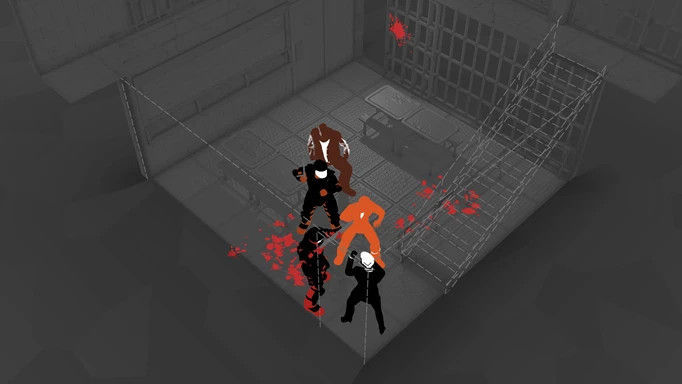
 Click to enlarge
Click to enlargeFights In Tight Spaces has a very simple presentation, largely to let the gameplay mechanics shine the most. The art style is very minimalist, with sparing use of colour saved to differentiate enemy types, that mostly consists of a white on black look, or vice versa depending on your preference. This simplicity is reflected in the stages too, which have a uniform grey colour with slight alterations in shade to distinguish objects.
The game's music also enriches the combat massively, keeping the forward momentum with its fast-paced electronic tunes. Each presentation choice feels like it works in tandem with the rest to put the focus on the turn-based combat. This is also achieved through one of the best features, where you can play back your fights after completion in real time, giving them the cinematic quality of the media the game draws inspiration from.
Sadly, there are some technical issues that take away from the experience at times, with animations that don't match up to character models and weird physics that make some bodies flail wildly. There's also balance problems, as some of the premade decks don't scale too well into the end of the game. This is most obvious in the counter-attacking deck, as the amount of damage you'll receive later on makes it nearly useless.
The Thinking Man's Fighting Game
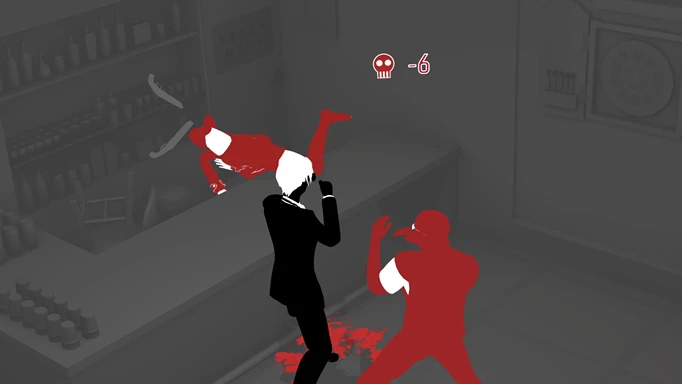
 Click to enlarge
Click to enlargeFights In Tight Spaces is a fantastic example of a turn-based strategy game. There's so much depth to the mechanics and different strategies that can be utilised, that paired with the roguelike elements, makes for an endlessly replayable experience. The purposefully minimal presentation helps to make the combat the centrepiece of the game, highlighting the momentum and force of the fighting. It hardly reinvents the wheel, but it explores melee combat with a vehement focus that you don't often see, making for a tight fighting experience.
4/5
Reviewed on PC. Code provided by the publisher.
